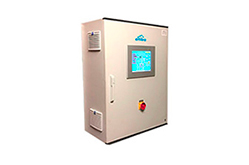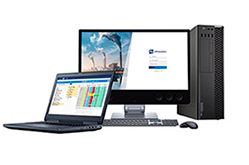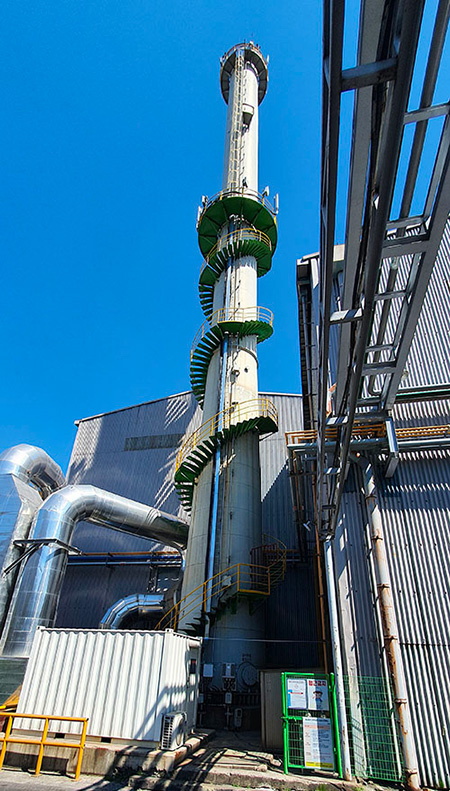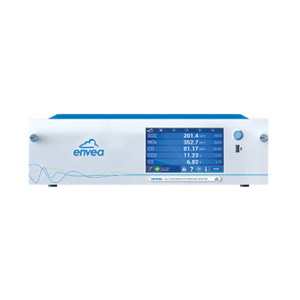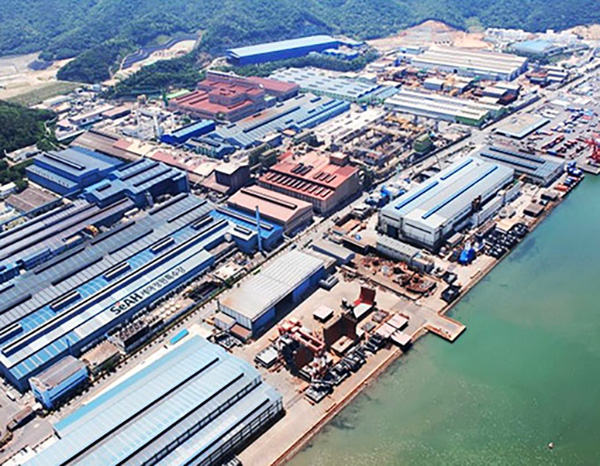
The KETS program applies to companies with an average annual total of 125,000 tons or more of GHG emissions over 3 years, companies with 25,000 tons or more, and voluntarily applied as designated allocators. Pollutants to be managed are: carbon dioxide (CO2), methane (CH4), nitrous oxide (N2O), hydrogen fluorocarbon (HFCS), perfluorocarbon (PFCS), and sulfur hexafluoride (SF6).
For each phase of KETS, the ministry of environment and local authorities agree on a master plan that includes ELVs for all industrials.
SeAH manufactures stainless steel with a production capacity of 1.2 million tons/year.
The group is the leading special steel manufacturer in South Korea and produces a variety of high-tech materials for industries such as automotive, power generation and electronics.
Interview with Ju Min Seok, Assistant Manager, Facility Division at SeAH CSS Corp – South Korea.
What were your needs in terms of Continuous Emission Monitoring System (CEMS)?
In order to comply with the change of the emissions regulation related to the second phase of KETS that occurred in 2020, SeAH needed to monitor NOx emissions from 27 stacks of our plant located in Changwon.
We had more specifically an urgent need to install CEMS monitoring solutions on 10 stacks.
In consequence, we investigated the market to find out about the major suppliers and invited them for a presentation, including Kenvitech, ENVEA’s local partner.
What solution did you go for?
We selected Kenvitech that proposed a CEMS solution including ENVEA MIR 9000e continuous gas analyzer along with a measurement range of 0-500 ppm for NOx monitoring. It was an excellent value for the money offer that corresponded to our needs and the requested ELV.
The decision was also made on the fact that the company has a nation-wide good reputation for having the largest number of maintenance engineers and reference sites.
It also has a regional maintenance service center in Jinju, just one hour away from SeAH site, which is very convenient.
Are you satisfied with the ENVEA’s gas analyzers?
We have monitored for 6 months the operation of the MIR 9000e gas analyzers and are very satisfied with them. In consequence, we have ordered 17 more units to complete the NOx monitoring of the remaining number of stacks.
About Kenvitech
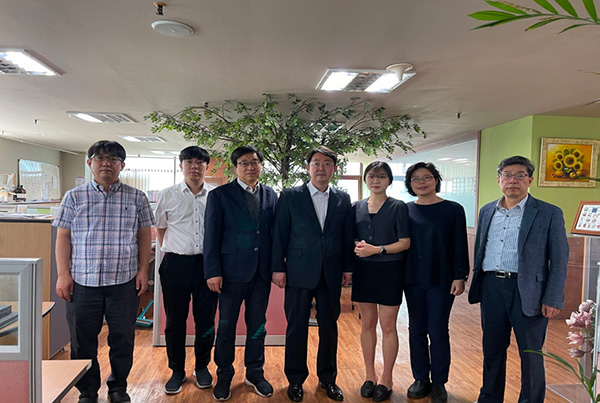
Contenuto relativo
Richiesta di informazioni
